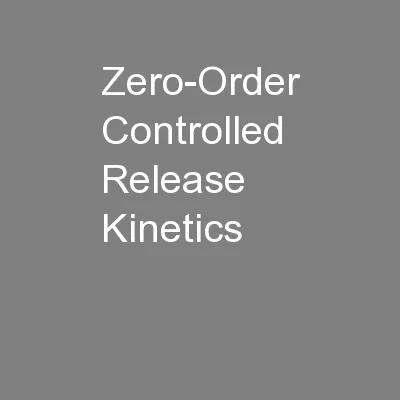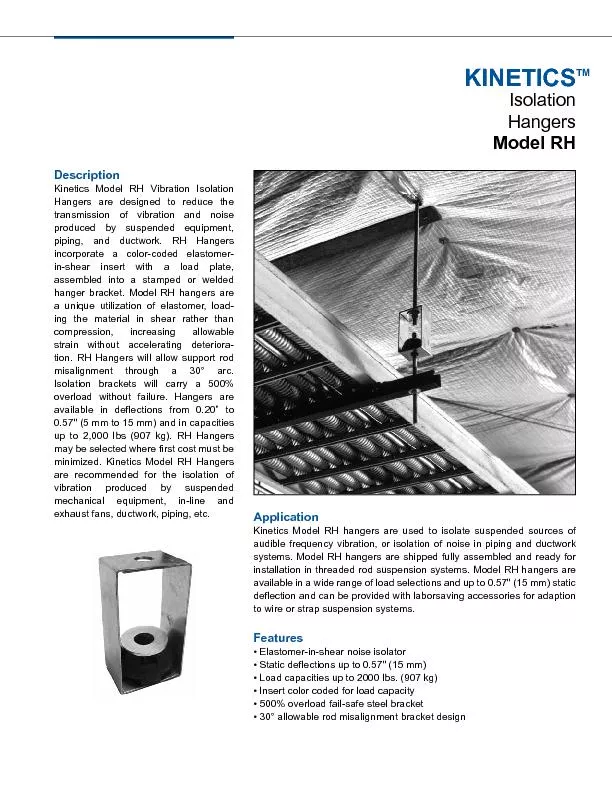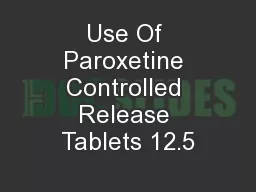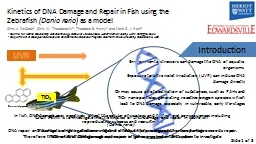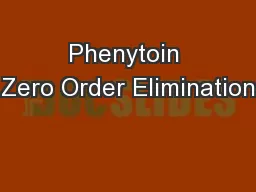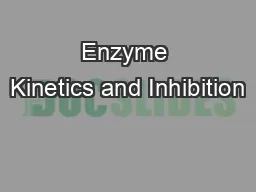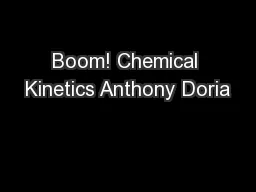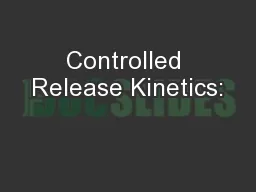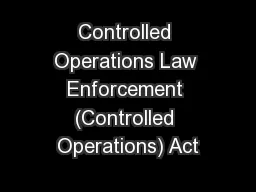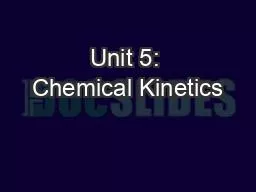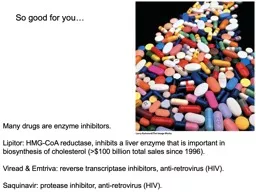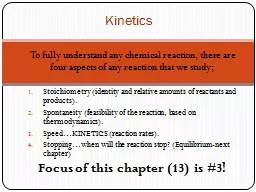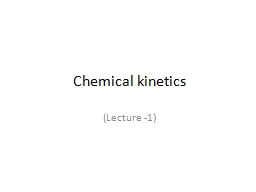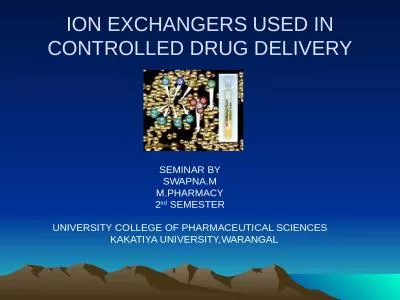PPT-Zero-Order Controlled Release Kinetics
Author : cheryl-pisano | Published Date : 2016-05-05
Kyle Douglas James Farber Steven Flynn Janie Gu Vivian Qin Jenny Shih Jake Silberg Anita Wamakima Through Polymer Matrices Dr David Cincotta Jeremy Tang Controlled
Presentation Embed Code
Download Presentation
Download Presentation The PPT/PDF document "Zero-Order Controlled Release Kinetics" is the property of its rightful owner. Permission is granted to download and print the materials on this website for personal, non-commercial use only, and to display it on your personal computer provided you do not modify the materials and that you retain all copyright notices contained in the materials. By downloading content from our website, you accept the terms of this agreement.
Zero-Order Controlled Release Kinetics: Transcript
Download Rules Of Document
"Zero-Order Controlled Release Kinetics"The content belongs to its owner. You may download and print it for personal use, without modification, and keep all copyright notices. By downloading, you agree to these terms.
Related Documents

